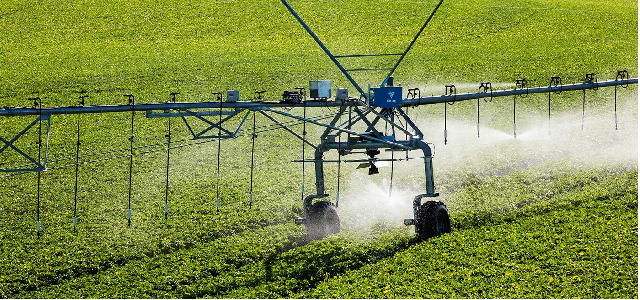In recent years the focus of most governments in Africa has shifted to the urgent need to mobilise investments and industrialise as a first step to reduce persistent poverty.
The ambition is to build robust, competitive and climate resilient economies, accelerate employment and labour productivity, growth and deliver inclusive socio-economic development and livelihoods improvement.
But African countries are facing several challenges. By 2030, the African population will hit 1.6 billion. This translates into a need to produce at least 50% more food and at least a tenfold increase in water needs for energy production to support modernisation of economies and social progress.
Rapid urbanisation and industrialisation will both increase demand for water and sanitation services, increase environmental degradation and the pollution of water bodies. Action is needed now, to avert growing risks and uncertainties to economic productivity and political stability exacerbated by climate change.
Africa’s Small Island Developing States (SIDS), in particular face high risks due to their exposure to environmental disasters.
Migration within Africa and across the Mediterranean to southern Europe has reached crisis levels, in part, due to political instability in some parts of Africa, but also due to general lack of economic opportunity and poor service delivery at the local level. The time to act, expand economic opportunities and jobs is now.
At the heart of all these challenges and opportunities is the way water is managed and governed, requiring shared, concrete solutions and mechanisms to manage competing and increasing pressure on the water resources to enable prosperous, sustainable and inclusive development


